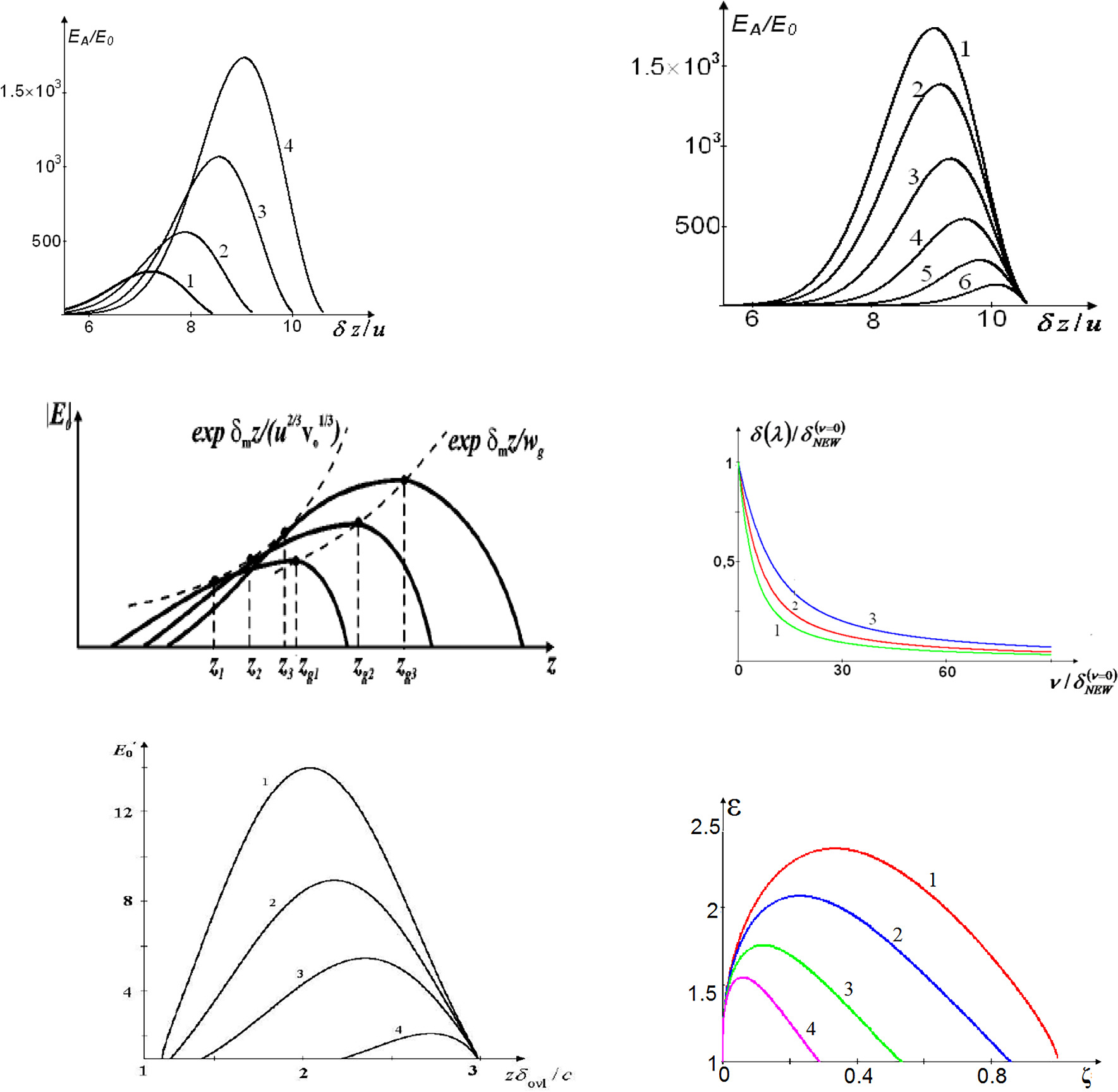https://doi.org/10.1140/epjd/s10053-025-01018-6
Regular Article - Plasma Physics
Development of initial perturbation in plasma systems subject to flow instabilities. New types of dissipative flow instabilities
Institute of Radiophysics & Electronics National Ac Sci of Armenia, Alikhanyan Bros Str 1, 0203, Ashtarack, Armenia
Received:
24
February
2025
Accepted:
1
June
2025
Published online:
21
July
2025
The solutions to the classical problem of initial perturbation development (PIPD) for various types of flow instabilities (FI) in dissipative plasma are presented as well as the consequences. FI are due to the relative motion of plasma components (beam-plasma instabilities (BPI), the Buneman instability, etc.). The problem provides the most complete information on developing instabilities. The usual stumbling block in such type problems—the integral for the developing fields with the dispersion relation in the denominator of the integrand—for the first is overcome by direct integration. The holistic and versatile pictures of various FI spatiotemporal evolutions are presented. They show that with an increase in the level of dissipation any FI transforms into dissipative flow instability (DFI). Until recently, only one type of DFI in beam-plasma systems was known. Its maximal growth rate is  (
( is the beam density,
is the beam density,  is the plasma collision frequency). All BPI regardless on type (Cherenkov, cyclotron, etc.) transform into it. Two new, previously unknown types of DFI follow from PIPD solutions. The first one develops in systems where the e-beam and the plasma are spatially separated by a significant distance. Its growth rate is
is the plasma collision frequency). All BPI regardless on type (Cherenkov, cyclotron, etc.) transform into it. Two new, previously unknown types of DFI follow from PIPD solutions. The first one develops in systems where the e-beam and the plasma are spatially separated by a significant distance. Its growth rate is  . The second new DFI develops in a uniform cross-section magnetized plasma-filled waveguide with an over-limiting e-beam. Its maximal growth rate is
. The second new DFI develops in a uniform cross-section magnetized plasma-filled waveguide with an over-limiting e-beam. Its maximal growth rate is  . Both new dissipative instabilities in beam-plasma systems (DIBPSs) develop in geometry similar to geometry of plasma microwave devices based on relativistic e-beams. The geometry is cylindrical waveguide with thin tubular plasma and thin tubular e-beam of grater radius. The study on these devices has two basic trends of development: increasing power and operating frequency. To increase the power it is necessary to increase beam current up to over-limiting values. Increasing frequency leads to decreasing of the skin-depth in the walls of resonators. Dissipation increases and the conditions for the new DIBPS development may be satisfied. This emphasizes importance of investigations on new DIBPS.
. Both new dissipative instabilities in beam-plasma systems (DIBPSs) develop in geometry similar to geometry of plasma microwave devices based on relativistic e-beams. The geometry is cylindrical waveguide with thin tubular plasma and thin tubular e-beam of grater radius. The study on these devices has two basic trends of development: increasing power and operating frequency. To increase the power it is necessary to increase beam current up to over-limiting values. Increasing frequency leads to decreasing of the skin-depth in the walls of resonators. Dissipation increases and the conditions for the new DIBPS development may be satisfied. This emphasizes importance of investigations on new DIBPS.
Copyright comment Springer Nature or its licensor (e.g. a society or other partner) holds exclusive rights to this article under a publishing agreement with the author(s) or other rightsholder(s); author self-archiving of the accepted manuscript version of this article is solely governed by the terms of such publishing agreement and applicable law.
© The Author(s), under exclusive licence to EDP Sciences, SIF and Springer-Verlag GmbH Germany, part of Springer Nature 2025
Springer Nature or its licensor (e.g. a society or other partner) holds exclusive rights to this article under a publishing agreement with the author(s) or other rightsholder(s); author self-archiving of the accepted manuscript version of this article is solely governed by the terms of such publishing agreement and applicable law.





